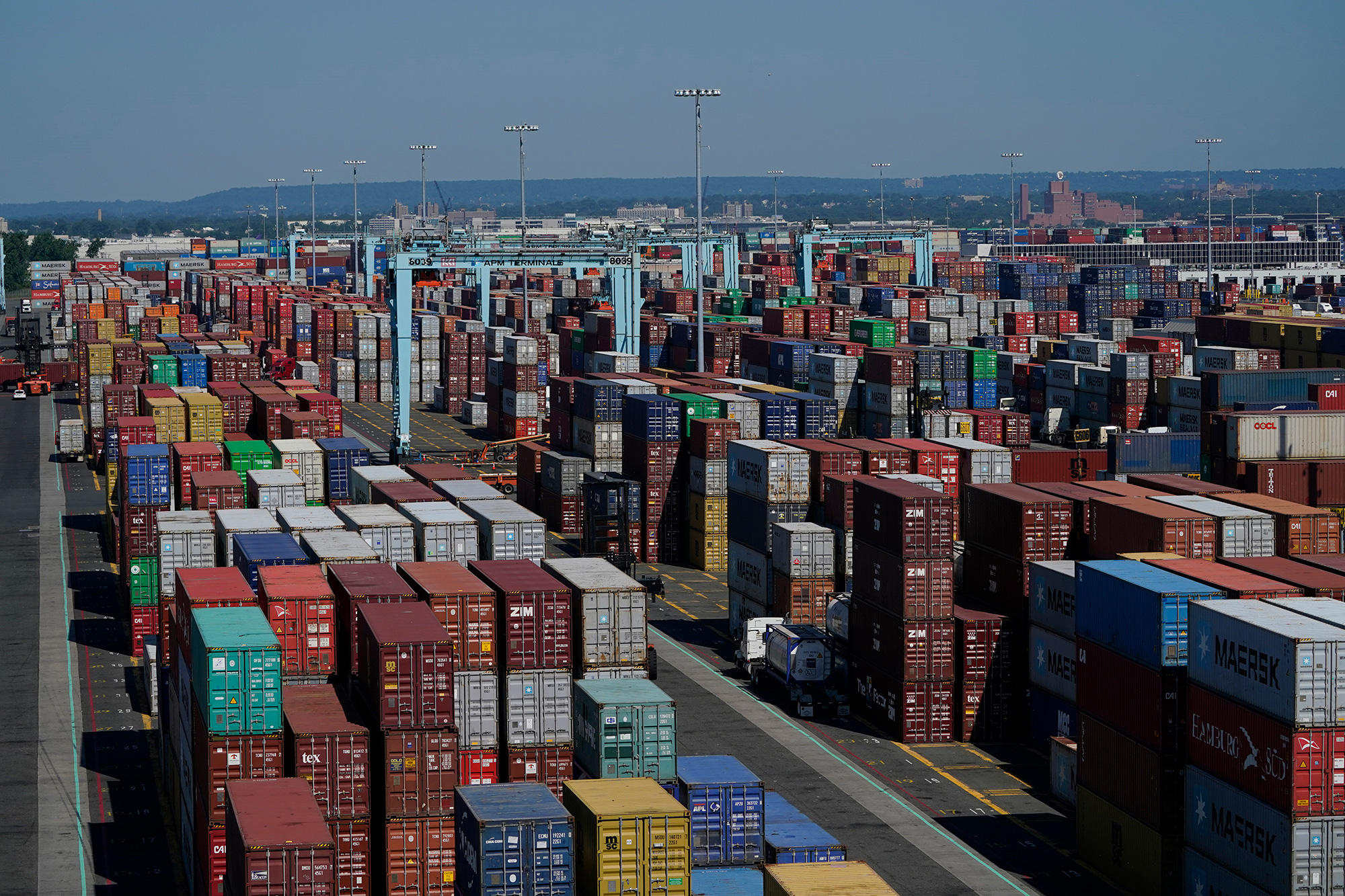A Lack of Coordination Between the House and Senate Derails Lawmaking
It was mid-September 2025. The government was just two weeks away from shutting down unless Congress acted quickly.
No one believed Congress could get it done. No Labels Chief Strategist Ryan Clancy penned an op-ed called 7 Reasons a Government Shutdown Is Likely This Fall, laying out the partisan feuds that would get in the way of a compromise.
But Congress stepped up. On September 19th, the House passed a “continuing resolution,” a temporary funding bill to keep the government open for a few more months while they hammered out a longer deal.
The drama was over. The shutdown was averted. Washington could move on to other problems like the expiring ACA subsidies.
Except that’s not what happened.
Government funding lapsed, resulting in the longest shutdown in history.
What went wrong? It all comes down to one big word: bicameralism, or the lack thereof in this case.
What Is Bicameralism?
Think of it like bipartisanship, but instead of two parties working together, bicameralism is about cooperation between the two houses of Congress.
For any bill to become law, it must pass both the House and the Senate. And neither chamber is required to take up legislation passed by the other; so unless a bill’s sponsor coordinates with a member of the other chamber, there’s a good chance the bill won’t become law.
That’s what happened when the House passed the temporary funding plan trying to avoid a shutdown. Without buy-in from the Senate, it took weeks for lawmakers to eventually hammer out a compromise that could actually pass.
Why Bicameralism Matters
The House-passed funding bill wasn’t unique. In fact, most legislation that passes one chamber dies in the other.
Between January 3rd and December 1st of this year, the House passed 300 bills that never received a vote in the Senate. Only 68 of the House’s bills made it through the Senate.
The Senate has a better success rate but it’s still not great. Of the 135 bills the Senate agreed on this year, just shy of half – 67 – couldn’t get past the House.
All told, 84% of bills passed by one chamber never passed the other.

It takes a village to pass a bill. Staffers have to conduct research and draft the legislation. Committees have to hold hearings, negotiate amendments, and mark the bill up line by line. Sponsors then have to work with leadership to secure scarce floor time, while other members and their staffs dig through the fine print to decide whether the bill is worth supporting.
In the Senate, where nearly all legislation has to be bipartisan to clear the 60-vote filibuster-proof threshold, bill sponsors have to negotiate and find compromises that can overcome a filibuster.
And more often than not, all of that work is for nothing.
Thousands of hours of members’ and staffers’ time are spent on legislation that never becomes law – not because the idea was unworkable, but because no one built a real path between the two chambers.
No Labels’ Commitment to Bicameralism
No Labels understands this as well as any group in Washington.
The No Labels National Leaders aren’t just from both parties, they’re from both chambers. No Labels regularly hosts public bicameral meetings focused on dialogue and understanding, and convenes smaller working groups where members do the hard work of drafting solutions to major issues like permitting reform.
We’ve seen this approach work before. The landmark 2021 Bipartisan Infrastructure Bill – the largest federal public works investment since the creation of the Interstate Highway System – grew out of bicameral meetings among No Labels allies.
The lesson is simple. Passing a bill in one chamber isn’t the finish line – it’s halftime. Without real bicameral coordination, even the most urgent legislation can fail.
If Congress is serious about solving the biggest issues – such as the expiring enhanced ACA tax credits in the short term or the unsustainable national debt in the long term – bicameralism can’t be an afterthought. It has to be the starting point.
Related
Peyton Lofton
Peyton Lofton is Senior Policy Analyst at No Labels and has spent his career writing for the common sense majority. His work has appeared in the Washington Examiner, RealClearPolicy, and the South Florida Sun Sentinel. Peyton holds a degree in political science from Tulane University.





You must be logged in to post a comment.